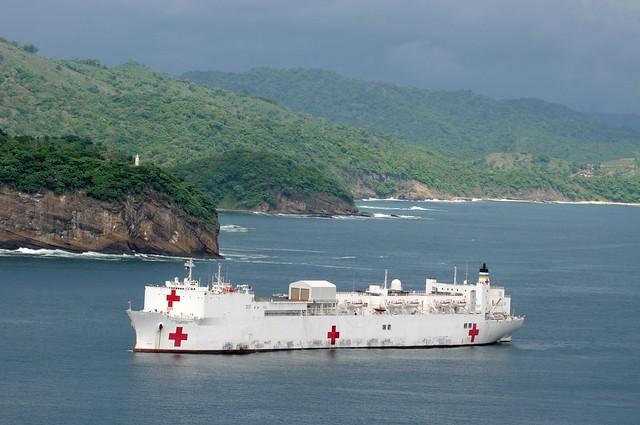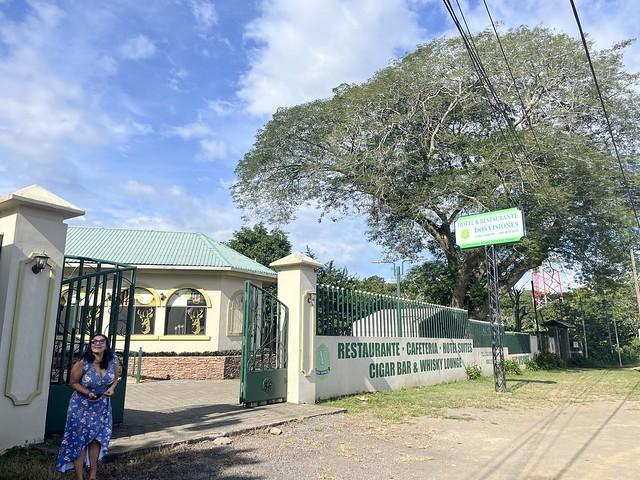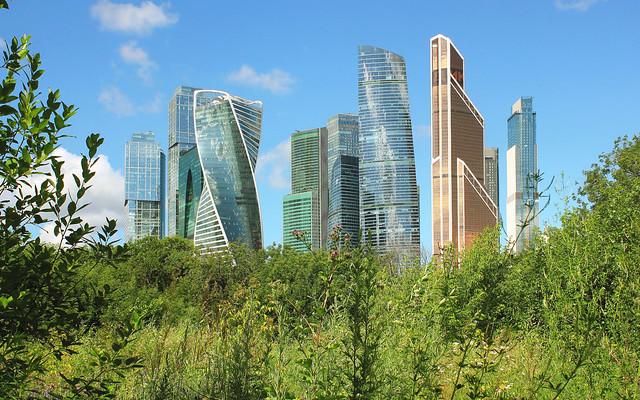South Caribbean Coast
Overview
Overview of South Caribbean Coast, Nicaragua
The South Caribbean Coast of Nicaragua, also known as the Región Autónoma de la Costa Caribe Sur, is a vibrant and culturally rich area known for its diverse population and unique cultural heritage. This region is distinct from other parts of Nicaragua due to its significant indigenous and Afro-Caribbean presence, with languages such as Miskito, Mayangna, and Creole English commonly spoken alongside Spanish. The area is known for its pristine natural environments, encompassing lush rainforests, stunning beaches, and protected reserves like the Indio Maíz Biological Reserve. The culture here is a lively fusion of indigenous traditions and Caribbean influence, evident in the music, dance, and cuisine, making it a truly unique place to explore.
Tourism High Season and Activities
The high season for tourism in the South Caribbean Coast typically runs from December to April, coinciding with the dry season when the weather is most favorable. During this period, temperatures are comfortably warm, and the reduced rainfall makes it ideal for exploring the outdoors. Visitors can engage in a variety of activities such as snorkeling and diving in the crystal-clear waters of the Caribbean Sea, hiking in the dense tropical rainforests, or simply relaxing on the beautiful sandy beaches like those found in Corn Island. Cultural festivals and events, which often feature traditional dancing, music, and local cuisine, are also prominent during these months, providing a deeper insight into the region’s heritage.
Preparation for Travelers
Travelers planning a visit to the South Caribbean Coast should prepare adequately to ensure a smooth and enjoyable trip. Important preparations include ensuring all travel documents such as passports and visas are up to date; visitors from many countries can enter Nicaragua without a visa for short stays, but it's essential to check this beforehand. Health preparations are also crucial, including vaccinations recommended for travel in tropical regions. Packing should include lightweight clothing for the warm climate, along with rain gear for unexpected showers, and sturdy footwear for hiking or walking in natural areas. Additionally, understanding some basic Spanish phrases or local creole expressions can enhance communication with local residents, enriching the travel experience.
How It Becomes to This
History not available

You May Like
Explore other interesting states in Nicaragua
Discover More Area
Delve into more destinations within this state and uncover hidden gems.










